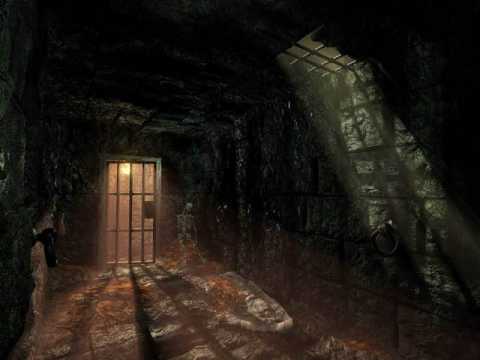
Well hello there!
Welcome to the third (Part 1, Part 2) installment of the Dungeon Creation series. We’ve now looked at who it was built by, what it was built for, and who it was built to contain. Now it’s time to look at what has happened since.
History of the Dungeon
We established that the dungeon was built to contain a minotaur warlord and that its construction maintains that, but most dungeons don’t STAY the way they were created. If they did (Especially in a prison-like this), heroes wouldn’t be needed to clear them out.
So take a bit of time when you’re creating your dungeon to decide what’s happened. I’ll present two scenarios for ours here, to show you what effects each of these has, and at the end, I’ll decide on one.
Scenario 1:
The dungeon is a relatively new creation. It was built just over a decade ago and the guards are still tasked with the keeping of the minotaur. In the meantime, the prison has been expanded to accommodate other dangerous criminals and types. Each of these is kept in a separate cell, locked away from each other, with only the “exercise yard” as their main way of meeting and communicating with each other. A few of them might be in communal cells, but given the structuring of the dungeon so far, likely not.
The main population here will therefore be the guards, staff, and the warden. Considering the settlement that built the dungeon, these will likely be humans. Therefore, it’s probably safe to say that the most likely creatures for the heroes to encounter are humans, trained to various skill levels and types. These can range from experienced veterans to new recruits, but as before, looking at the settlement, it is unlikely to be spellcasters: The settlement doesn’t have that kind of resource available to it. What it’ll have on top of guards, is many locks and traps.
Scenario 2:
The dungeon is OLD. Perhaps several centuries. If that is the case, then it is unlikely that the guards are still there – the place might have fallen into disuse once the minotaur died of old age, or maybe it was sealed away for him to die. As before, it was expanded with cells, and other creatures inhabited those with the communal cells. In time, the walls started breaking down due to erosion and grew weaker. Perhaps some of the longer-lived creatures tunneled into it, or something else did from the outside. Perhaps the last creatures alive in there died alone, in the dark, starving and filled with hate and they swore vengeance upon the living.
That means that the main population will not be the guards. It’ll be whichever creatures took over after the humans were driven off (another likely scenario) or left, and they were forced to fend for themselves. Here you’ll see the classic monster-driven dungeon in full effect, as it’ll have had time to develop into its own little ecosystem. This will also change the traps: The original ones will no longer be functional, but the new inhabitants might have set some up, or they’ll have turned into environmental hazards instead.
Of these two scenarios, I’d like to keep the dungeon close to the “original vision” of a dungeon, filled with monsters and traps. But that takes us to next week, where we will look at the ecosystem of the dungeon.

